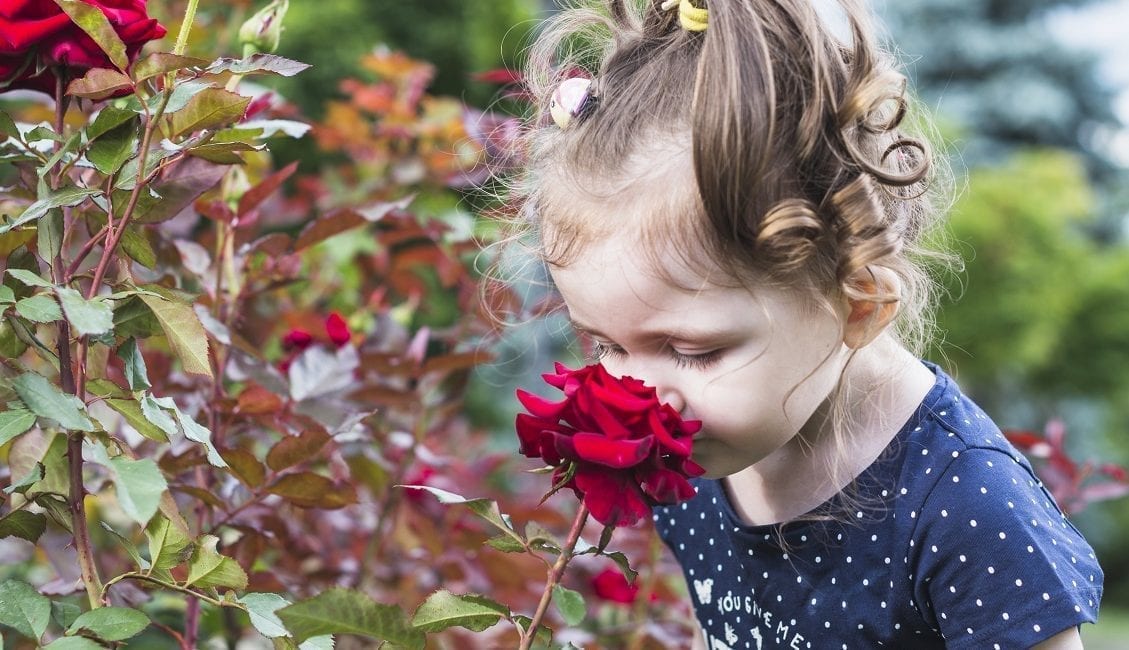The activities for sensory education have a very important place in Montessori Method. According to Maria Montessori, children acquire knowledge through their senses, not just their minds. Montessori sensory activities enable mind development through sensory learning.
Sensory training enhances the ability to understand the subtle differences in stimuli by increasing the sensory transmission. For this reason, the materials that are used help the children to learn by seeing, tasting, hearing, touching or feeling. These materials are designed for the child to understand the concepts of size, color, smell, texture, taste, and the relationship between them.
These materials can be prepared easily for home activities.
In sensory education, different activities that will stimulate the children’s five senses are found and children learn by fully experiencing them.
According to Montessori, sensory education is increasing learning and perception by repeated exercises. The most beautiful example for this, is the pink tower material. It consist of a 10 cm long cube as the biggest and 1 cm shorter continuation cubes from that. The child is asked to make a tower by sorting these cubes from big to small. Each time, the child is expected to start from the big cube and complete the tower with more awareness.
Different activities are designed for the sense of vision, auditory sensation, tactile sensation, taste sensation and sense of smell.
